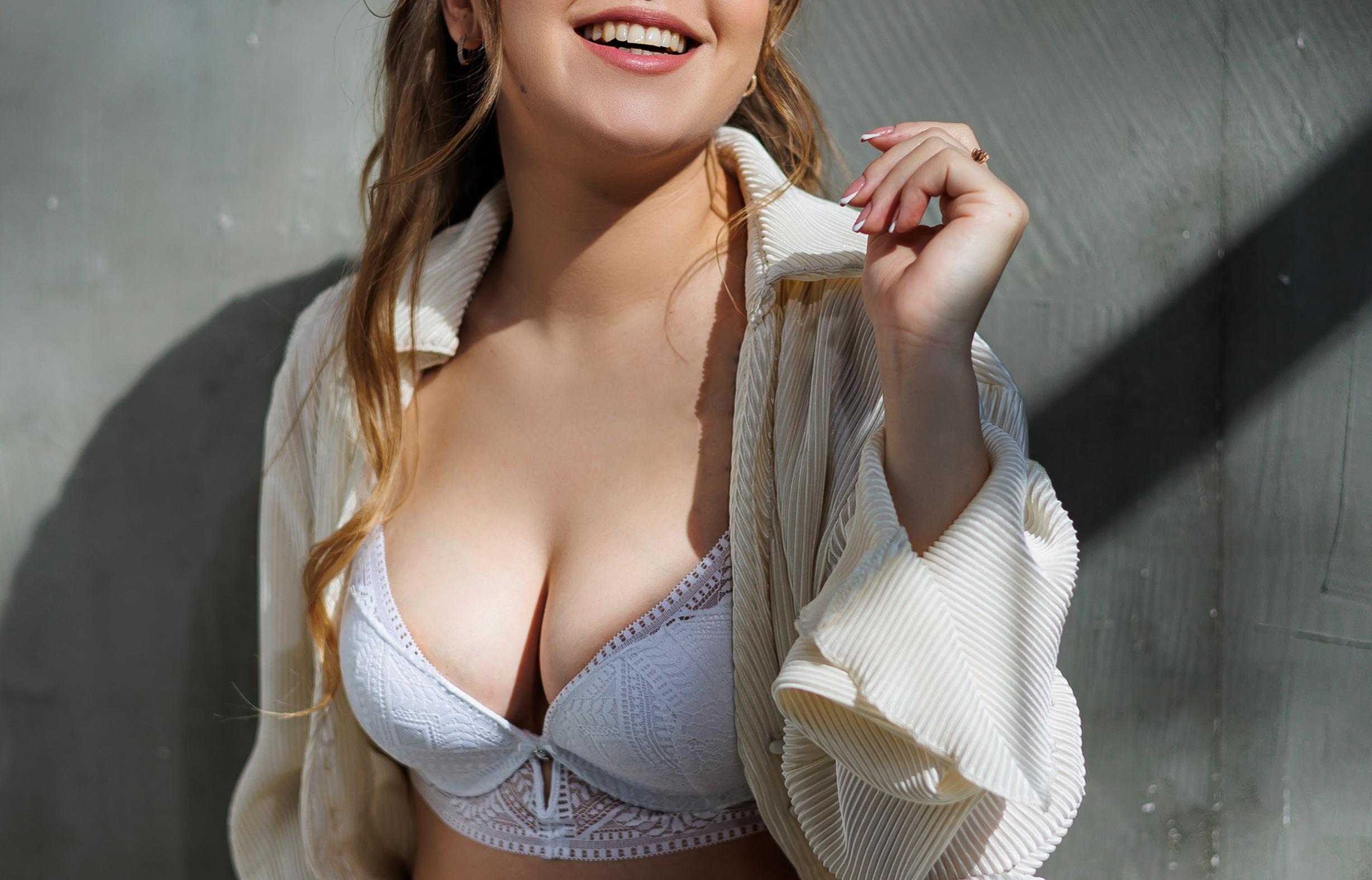When considering breast augmentation, one crucial decision involves choosing between dual-plane breast augmentation and traditional placement methods. The dual plane approach allows the implant to maintain a more natural position compared to other methods. Understanding these techniques helps ensure you achieve your desired aesthetic goals while minimizing potential complications.
What Is Dual-Plane Breast Augmentation?
Dual plane breast augmentation involves releasing the muscular attachments of the pectoralis major at the inframammary fold, allowing the upper pectoralis muscle to lift the attached gland to a higher position, with the breast implant filling in necessary volume to create a virtual breast lift.
The dual plane technique involves placing the upper portion of the breast implant beneath the chest muscle while allowing the lower half to sit over the muscle and behind the breast gland. The positioning of the implant beneath the muscle in the upper pole and behind the breast gland in the lower pole helps create a smooth and natural slope that enhances the overall breast contour.
Benefits of Dual-Plane Technique
The dual-plane approach offers several advantages:
- Natural appearance: One of the primary benefits of dual plane breast augmentation is the ability to achieve natural-looking results.
- Reduced rippling: The dual plane technique helps to minimize implant rippling. The breast implant is partially covered by the chest muscle to conceal any folds, wrinkles or edges, making them less noticeable.
- Lower capsular contracture risk: This technique can aid in reducing the risk of capsular contracture.
- Versatility: Dual plane placement is a versatile technique able to accommodate a wide range of implant shapes and sizes, making it suitable for patients with varying needs and desires.
Traditional Breast Augmentation Methods
Traditional breast augmentation Seattle approaches include subglandular and submuscular placements, each with distinct characteristics.
Subglandular Placement (Over the Muscle)
Subglandular placement is typically considered the most aesthetically pleasing, as it most closely approximates the normal arrangement of breast tissue. Subglandular implants normally offer a more appealing cleavage line with a pronounced roundness to the breast.
Advantages:
- Surgical complications are generally reduced, surgery and recovery time are usually shorter, and it is possible to undergo the procedure under local anaesthesia only.
- Women with larger breasts or more breast tissue may benefit from subglandular implants. This type of implant insertion may appear more rounded and unnatural but will result in fantastic cleavage.
Disadvantages:
- There is about a 30% incidence of capsular contracture, compared to a 10% incidence in the case of submuscular placement.
- When implants are placed in the subglandular plane, they can be more visible through the skin due to lack of natural tissue coverage. This can result in visible rippling or wrinkling around the edges of the implant.
Submuscular Placement (Under the Muscle)
Breast implants are now most commonly inserted beneath the pectoralis major muscle and above the pectoralis minor muscle, in what is known as a submuscular placement.
Advantages:
- Submuscular placement leads to a lower risk of capsular contracture. Dr. Schlechter’s rate of capsular contracture is significantly lower than the national average, and submuscular placement of breast implants is one of the reasons he is so successful in reducing the rate of this post-surgical complication.
- Submuscular implant placement offers better coverage of the implants, which means that women with naturally smaller breasts do not need to be unduly concerned about visible rippling or the implants showing through their breasts.
Disadvantages:
- The procedure typically takes longer, and revision surgeries may be more complicated. Furthermore, recovery time may also be extended, and patients may experience more pain and discomfort following their breast augmentation procedure.
- The implants can have unnatural movement when lifting the arms overhead. However, submuscular placement has the advantage of a more natural appearance.
Making the Right Choice for You
Selecting between dual-plane and traditional breast implant placement depends on several factors:
Consider Your Anatomy
- Breast tissue amount: Thinner patients benefit more from dual-plane or submuscular placement
- Chest wall shape: Your natural anatomy influences optimal placement
- Existing breast ptosis: The dual plane technique is particularly well-suited for thin women who have experienced moderate ptosis, or sagging of the breasts.
Lifestyle Factors
- Physical activity level: Athletes may prefer certain placements to avoid animation deformity
- Recovery time: Subglandular offers faster recovery, while submuscular requires more healing time
- Long-term goals: Consider maintenance and potential revision surgeries
Why Seattle Patients Choose Dual-Plane
At Seattle Plastic Surgery, the dual-plane technique has become increasingly popular. Minneapolis plastic surgeon Joe Gryskiewicz, MD performs dual plane breast augmentation to achieve the highest quality of breast enlargement while providing an internal “lift” to the breasts. This innovative approach combines the best of both traditional methods.
The Seattle Advantage
To reduce the risk of capsular contracture, in addition to other steps during surgery, surgeons avoid implants above the muscle where possible and instead use a dual plane technique; gentle surgical technique is critical to reduce bleeding and tissue trauma.
Board-certified plastic surgeons specializing in dual-plane techniques understand the nuanced approach required for optimal results. They consider:
- Individual anatomical variations
- Desired aesthetic outcomes
- Long-term breast health
- Natural aging processes
Recovery and Results
What to Expect Post-Surgery
Recovery varies by technique:
- Subglandular: Typically 1-2 weeks for normal activities
- Submuscular: Usually 2-3 weeks for comfortable movement
- Dual-plane: Generally falls between the two, with most patients returning to work within 2 weeks
Long-Term Outcomes
High overall complication rates were observed in the subglandular group (63%), dual plane group (47%), and modified dual plane group (23%). Complications leading to implant loss/change occurred in seven patients in the subglandular group (37%), six patients in the dual plane group (19%), and no patient in the modified dual plane group. The modified dual plane technique was associated with a lower complication rate.
Conclusion
Choosing between dual-plane and traditional breast augmentation requires careful consideration of your unique anatomy, lifestyle, and aesthetic goals. The dual-plane technique offers a balanced approach, providing natural-looking results with reduced complications for many patients. Consult with a board-certified plastic surgeon experienced in all techniques to determine your ideal approach.
For those considering breast augmentation in Seattle or Tacoma, exploring the dual-plane option at Seattle Plastic Surgery could be your pathway to achieving beautiful, natural-looking results that enhance your confidence and silhouette.

Dr. Jonov is a cosmetic surgeon who specializes in plastic surgeries of the face, breast, and body at Seattle Plastic Surgery.


